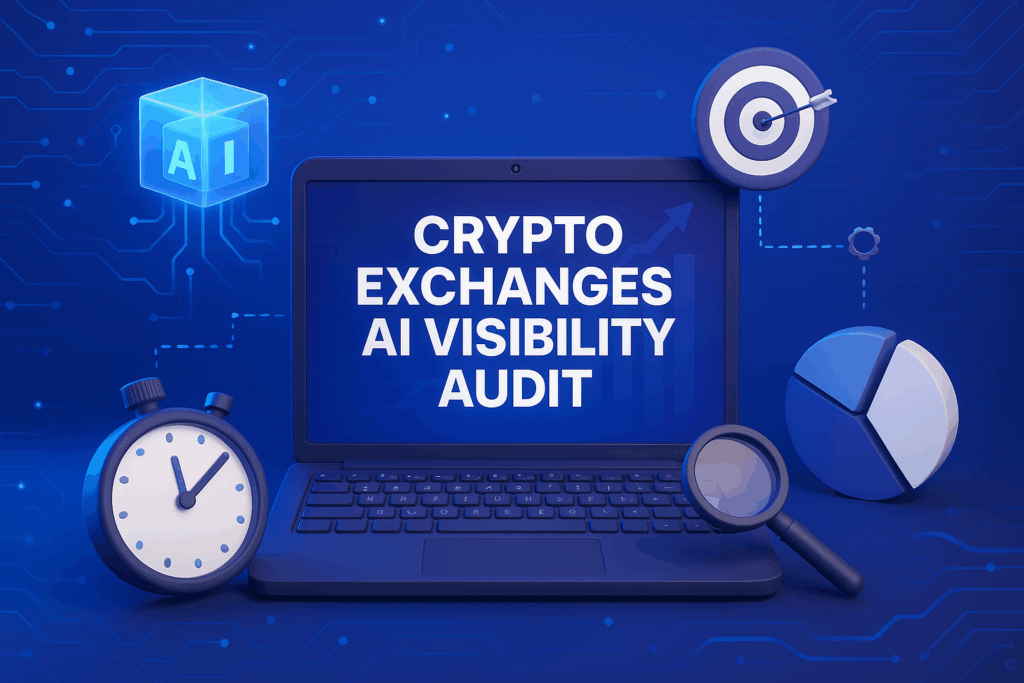share
The sphere of digital assets is a dynamic that has been developing quickly. We should admit that now it is not about buying dips and selling high. Investors have a chance to be involved in ICO, and the latest thing, Initial Exchange Offering (IEO). One of the most popular products is the Binance Launchpad.
IEOs were made to fill the same segment as well as ICO but with a more robust solution. So, cryptocurrency exchanges accumulated enough skills and understanding of the needs and requirements of the target audience. They are ready to show more sustainable and secure raising funds solutions for consumers. Let’s learn more about them.

What Is It?
An Initial Exchange Offering (IEO) is managed on the crypto change website. In contrast to Initial Coin Offering, an exchange offering is regulated by a company that searches to raise funds with its newly launched assets.
As the token sale is carried out on the website of the company, token issuers have to pay a listing commission along with a percentage of the assets sold during the initial exchange.
So, these coins or utility tokens of the crypto firms and trading platforms are sold on the exchanges, and their coins are published after the end of the crypto exchange offering. As the cryptocurrency exchange takes a percentage of the assets sold by the startup, the crypto exchange platform needs to process the token marketing transfers.
IEO members do not transfer funds to a smart contract. But they need to make an account on the cryptocurrency exchanges where the IEO is run. Investors have to top up their wallets on the website and purchase assets that were produced by this firm.
Initial Exchange Offering (IEO): Its Pros and Cons
It is not a secret that Initial Exchange Offering (IEO) has significant advantages as well as disadvantages for participants.
Advantages of IEO
We have highlighted the key elements of coin offerings, and here they are.
- Investors are better protected from fraud. The project is launched on a crypto website that takes a closer look into the product and its reliability and prospects.
- Developers do not need to think about the safety of the initial exchange offering process because a cryptocurrency exchange platform manages the IEO. KYC, due diligence, and AML procedures are also handled by the exchange, eliminating the need to solve this issue.
- New tokens are listed on the cryptocurrency exchange quickly. This is one of the most critical points. With ICOs, there were many cases when a seemingly promising project collected the required amount of investment, but popular exchanges did not list it for a long time, which negatively affected the popularity and price of the distributed coins. Some tokens did not start trading on online websites at all, which finally led to the collapse of products and significant losses among participants. That is not the case for an IEO.
- The speed of collecting funds. The initial distribution of tokens during ICOs usually takes a long time, ranging from several days to a month. When an IEO is launched, the set number of coins finds their owners in just a few minutes or even seconds. As such, startups do not remain in a state of uncertainty for an extended period, and participants do not have to wait weeks until the project raises the required amount.
- Due to the high reliability of the selected projects, the demand for their coins is higher, and investors gain profit much faster.
- It is easier and cheaper for developers to run a marketing campaign, which allows them to focus on developing the product itself.
- Crypto platforms that conduct this sale receive the reverse promotion as well as considerable income through the listing fee.
Disadvantages
Unluckily, the initial exchange of gaining funds for crypto startups has a few disadvantages, as well. Check them out.
- High barrier of entry. Starting a project with an IEO is not cheap and is available only for developers with specific financial capabilities.
- Since crypto exchanges guarantee the reliability and prospects of products selected for an IEO, they also risk their reputation if something goes wrong. For example, if analysts fail to estimate the project correctly.
- As in ICOs, there is also legal uncertainty with Initial Exchange Offerings (IEOs), which may call into question the prospects of such companies.
- To take part in an IEO, potential investors must go through KYC/AML procedures that may scare off some participants.
In Conclusion: What Is the Future of IEO platforms?
These initial exchange offerings like the Binance launchpad are still pretty new solutions, but there is no doubt that they will develop and soar over time. An IEO is entirely distinct from ICO as the first one is a notable execution model rather than an idea in a technical document.
That is why the chances of it performing in the long term are greater. With time, IEO platforms may modify the crypto banking sphere for the better. It might bring mass adoption of crypto by investors to make products and digital coins more appealing to the whole financial industry.
So, that is all for now. We hope that our blog post will be helpful for you. Stay tuned!





![CONF3RENCE 2025: Leading Web3 & AI Event [Promo Code ICODA20]](https://icoda.io/wp-content/uploads/2025/06/6203-23-1024x580.png)



